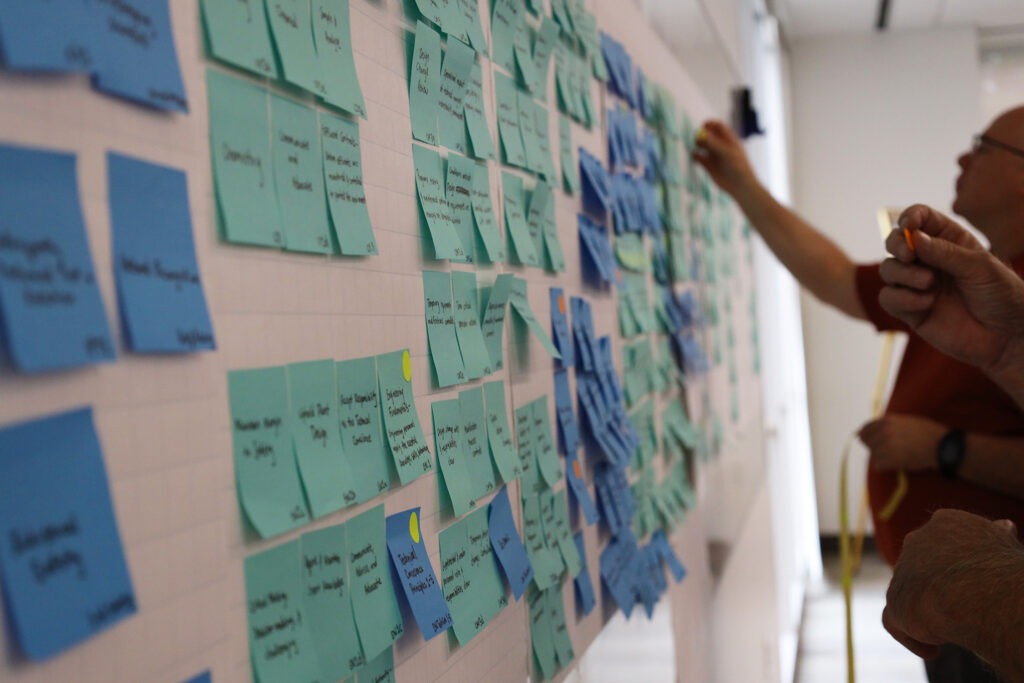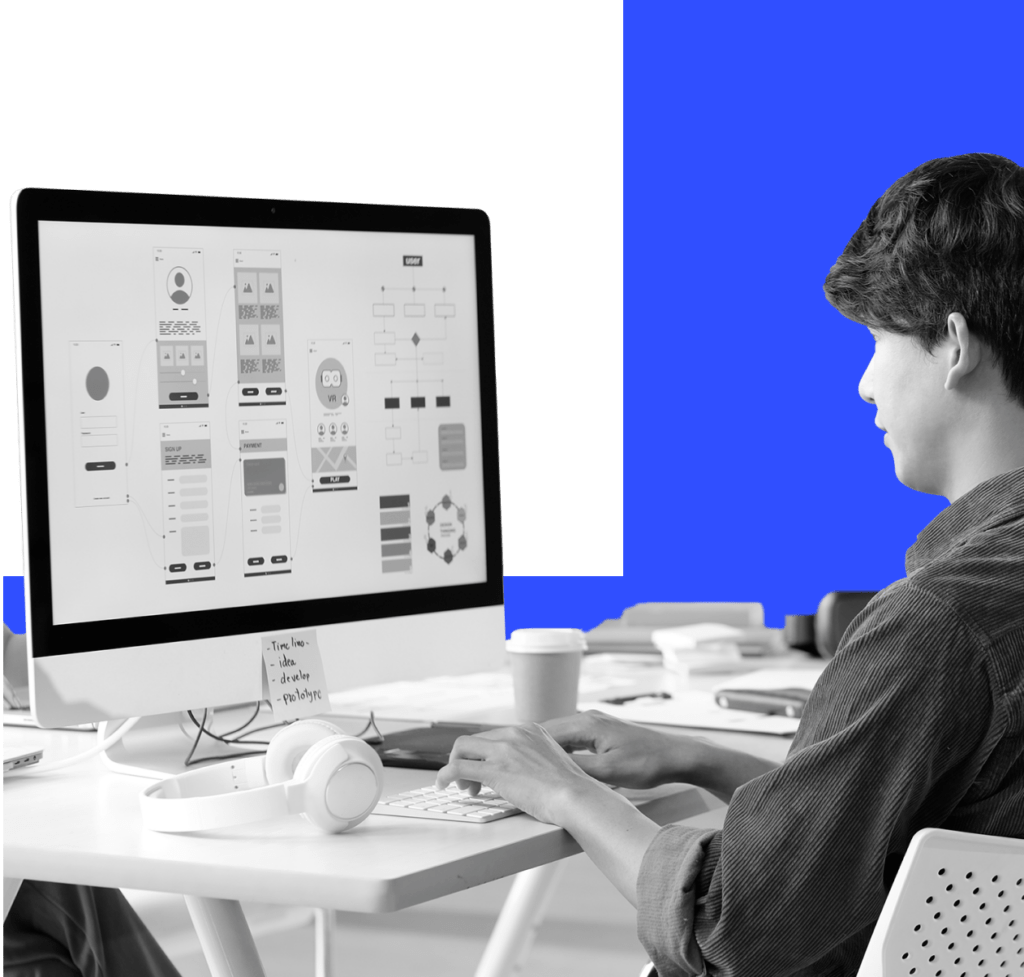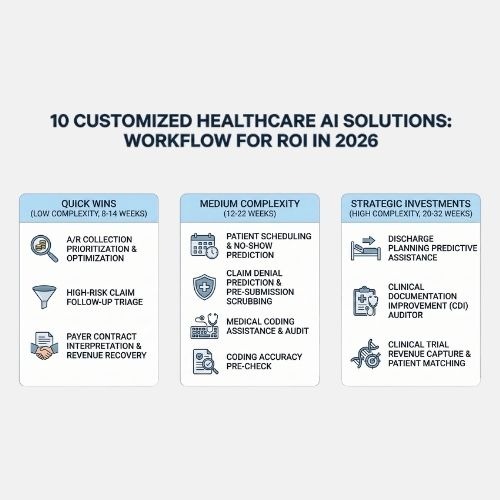In a world where digital solutions are abundant, businesses face the critical decision of choosing between generic, off-the-shelf products and custom solutions. While off-the-shelf options may seem convenient and cost-effective, custom solutions are personalized to address unique business challenges and user needs. Investing in custom solutions not only enhances user engagement but also drives long-term success by aligning closely with your brand’s vision and goals.
The limitations of generic solutions
Off-the-shelf products are designed to serve a broad audience with standardized features and functionalities. They often lack the flexibility to adapt to specific business needs or to integrate seamlessly with existing systems. As a result, you may encounter limitations in functionality, user experience, and brand alignment.
The power of custom solutions
In contrast, custom solutions are designed to address the unique requirements of a business. From the initial concept to final delivery, every aspect of a custom-designed product is tailored to align with business goals, user needs, and brand identity. This personalized approach ensures that the solution meets your needs.
Why custom solutions are worth the investment
Personalized user experience
Custom solutions are designed with the end-user in mind, resulting in a user experience that is specifically personalized to their needs. Custom solutions create meaningful interactions that enhance user satisfaction, meet business needs, and drive better outcomes.
Enhanced flexibility and scalability
Whether you’re scaling up or adjusting features to meet changing needs, custom solutions can adapt and grow with your business, providing long-term value. We often include a design system with reusable branded components and styles to scale more efficiently and ensure consistency.
Seamless integration
Custom solutions can be designed to integrate smoothly with existing systems and workflows, eliminating compatibility issues with off-the-shelf products. This integration ensures your new solution enhances rather than disrupts your current workflows.
Unique brand identity
Custom solutions translate unique brand attributes into tangible user experiences. This ensures your brand stands out and delivers a consistent message across all touchpoints. Even if brand guidelines are sparse or don’t exist, designers use their expertise to create a strong brand presence.
Designing for inclusivity
Implementing accessibility criteria not only improves accessibility for users with disabilities but also enhances the overall user experience. This isn’t always ensured in off-the-shelf solutions, which could result in usability limitations for people with disabilities as well as legal issues for lack of accessibility compliance.
Greater control and ownership
Investing in a custom solution gives you greater control over the design and functionality of your product. This means you can prioritize features that are crucial to your users and make adjustments as needed without being constrained by the limitations of pre-built solutions. User testing and iterative improvements enhance the user experience of your product over time.
Improved efficiency and productivity
Since custom solutions are customized for specific workflows, they include relevant features and functionality without the unnecessary additions found in generic platforms. Solutions are tested with users and optimized to complement their workflows.
The impact of custom solutions
We’ve experienced success stories where businesses invested in custom solutions. Clients that needed unique functionalities or complex integrations found that custom solutions provided the exact features and interactions they required, resulting in streamlined workflows, enhanced user experiences, and deeper insights.

Unique workflows
Clients often have unique needs that cannot be addressed by off-the-shelf platforms. They often resort to workarounds that are inefficient and frustrating. A customized product based on user needs can have a significant impact on workflows and efficiency.
For example, we recently designed a product for a client who conducts plant evaluations at nuclear stations. They had an inefficient observation and interaction application, which negatively affected cross-operational work and internal/external collaboration. We were able to include features and functionality relevant to their workflows, improving collaboration and efficiency. They were able to eliminate all of the manual workarounds of their previous process and manage everything within a single source of truth.

Integrated platforms
Fragmented workflows are a common problem for our clients. Without a centralized platform, they often rely on multiple disparate tools, leading to inefficient, disconnected processes and scattered data. A centralized platform, customized to a client’s needs, can transform chaotic processes into cohesive and efficient workflows.
For example, we recently designed an integrated platform for healthcare coaches that consolidated their entire workflow into one seamless system. This new platform replaced the need for separate tools for managing appointments, conducting Telehealth sessions, and tracking patient notes. We added AI enhancements to help coaches quickly get summaries and improve writing. By centralizing these functions, we eliminated inefficiencies and provided a unified view of client data and insights.
Conclusion
Choosing a custom solution over a generic, off-the-shelf product represents a strategic investment in your business’s future. A custom design not only improves user experience and strengthens your brand but also offers the flexibility to grow and change as your needs evolve. This investment pays off by providing lasting value that generic solutions can’t match



